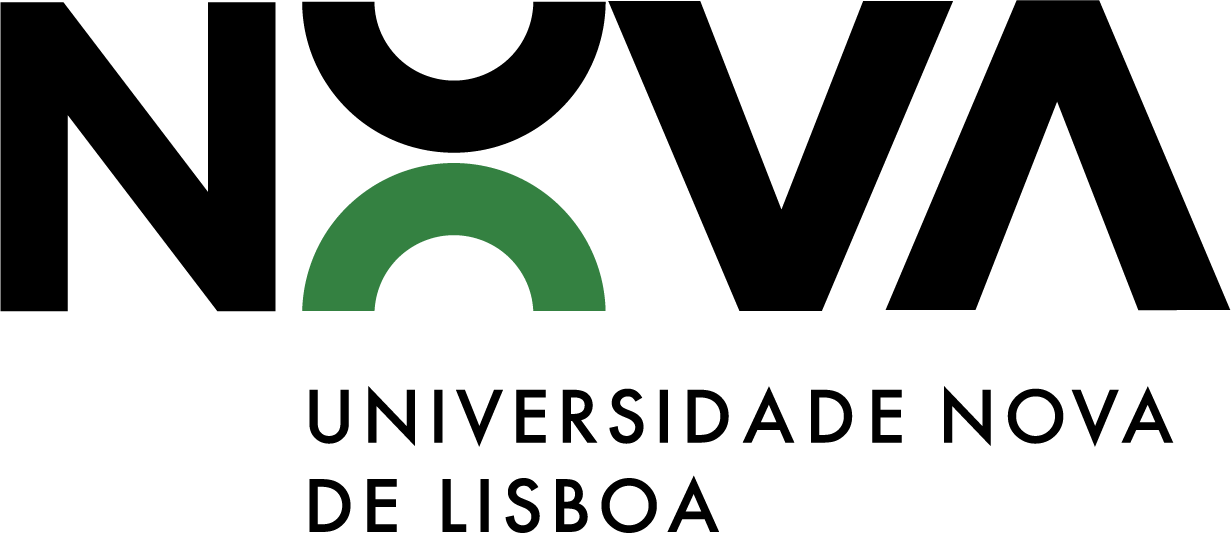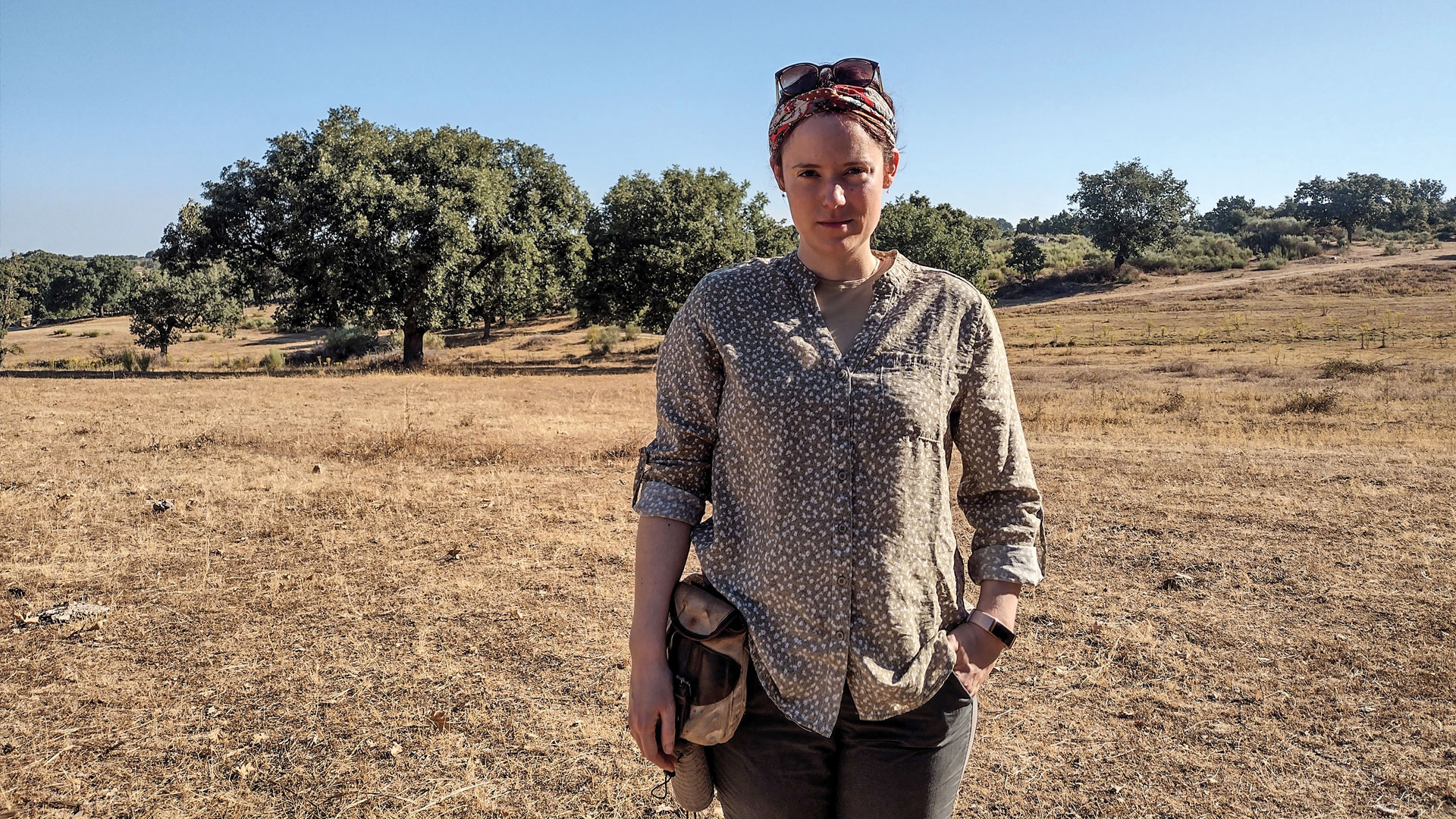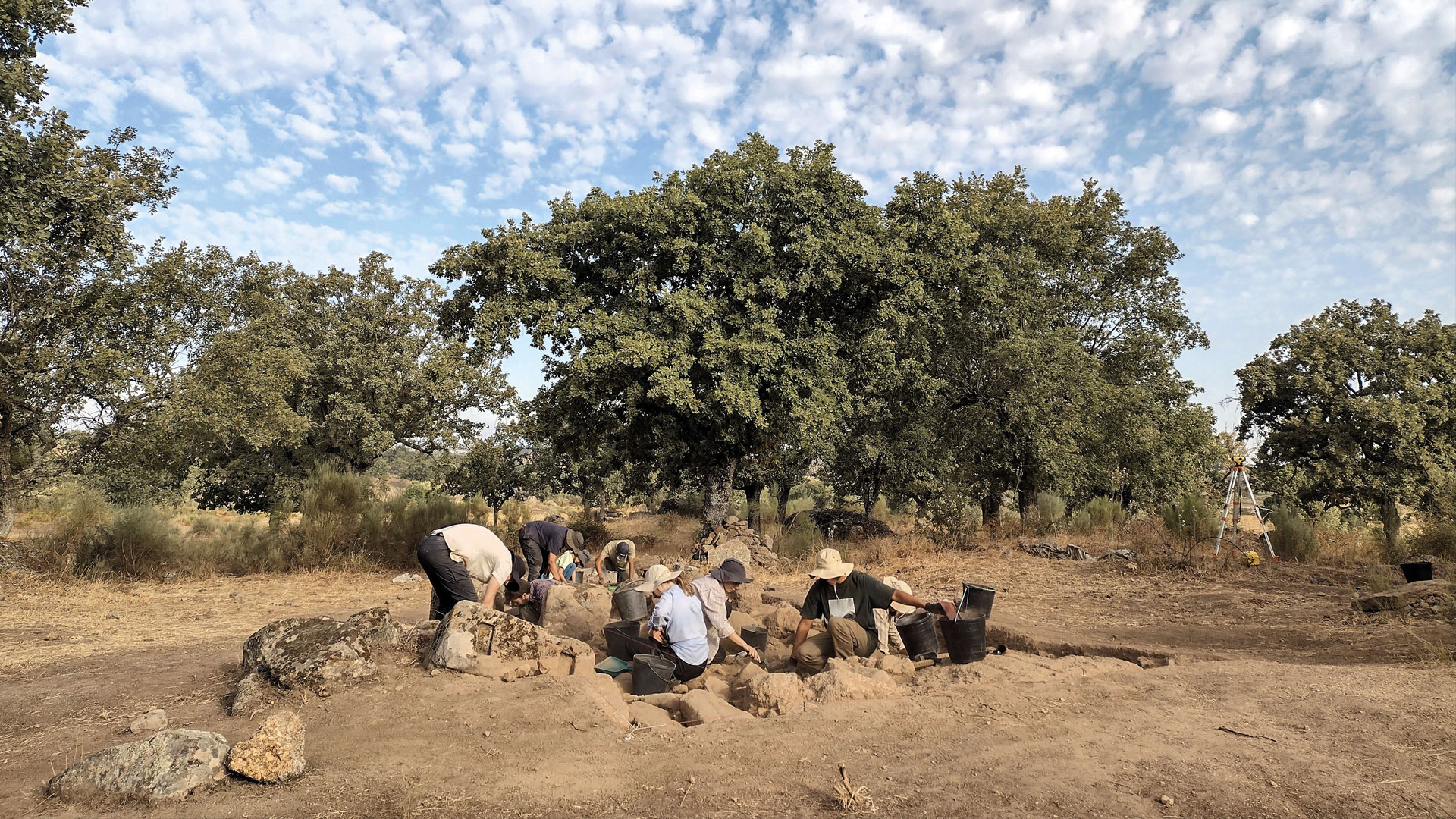The Early Middle Ages, the time after the dismantlement of the Western Roman Empire and before the formation of the Portuguese Kingdom, is still one of the least known periods in History. Written sources are scarce, and they mostly reveal dynamics occurring in urban areas, the main stages for political powers. To understand what was happening in the countryside, research needs to look into material remains. Sara Prata, an archaeologist in the Institute for Medieval Studies (IEM – NOVA FCSH), focuses her research on early medieval rural landscapes (5th to 8th centuries). In 2014, she promoted a Scientific Cooperation protocol between NOVA FCSH and the Municipality of Castelo de Vide, which allowed her to carry out numerous fieldworks and gather a large set of empirical data. This is now one of the territories of the Iberian Peninsula for which there is a greater amount of quality information concerning early medieval rural settlements.
Archaeological works in Castelo de Vide revealed an intricate network of early medieval farmsteads. These helped to understand how rural communities could have persisted, particularly in peripheral areas, after the Roman administration ceased to function. Many large Roman villas, which reflected a centralized production model, were abandoned, or transformed, and new smaller settlements developed, evidence of a shift in production scale, but also in social and economic relationships. Products that previously would have been made in professional workshops (i.e. ceramics for everyday use) were now fabricated at the household level. Such findings proved the resilience of local communities in the countryside. These findings allowed to shift the attention from traditional historical narratives, focused on a limited number of key players and locations, and inquire about the daily lives of rural families and communities. This promotes a truly inclusive approach to the past, which considers all members of society and questions how social groups traditionally considered subaltern, such as peasants, could truly reshape landscapes in times of uncertainty.
Sara Prata’s research considers the needs and interests of the local community, promoting discussions and outreach activities which make archaeological findings accessible to non-specialized audiences. She is committed to teach the next generation of archaeologists, fostering training opportunities within her research.
The outcomes of this approach are clear. 1) Heritage awareness – by excavations that exposed the ruins of small family-owned farmsteads, reinforcing the relevance of archaeological remains and creating links between past and present. 2) Outreach and tourism – with open days at the excavations promoted every season, where visitors were given a tour of the site and learned about the ongoing research. Over the years, about 50 visitors came, and 10 people participated in the excavation and associated tasks. Additionally, 6 offseason archaeological guided tours were offered. Lectures and open classes about archaeology were held in the village, 17 in total, hosting over 200 participants over the years. Also, 3 archaeology exhibitions were organized, showcasing photographs, drawings, and artifacts, receiving an estimate of 500 visitors. 3) Heritage management – with the project Nova Carta Arqueológica do Território de Castelo de Vide commissioned by the Municipality, which reflects the impact of academic research in the development of Heritage managing tools such as: an open access database with a cartographic project, a tool designed to handle, protect, and communicate archaeological remains thoroughly; and a science book aimed at the general reader. 4) Education and training – with over 50 vacancies for hands-on training offered to BA, MA, and PhD students, from NOVA University Lisbon and several other European institutions, as well as 2 MA dissertations and 1 PhD thesis carried within this research.
Exceptionally, Sara Prata’s research is a true example of “Think global, act local”. She has showed how decentralized research can build bridges between universities and local governments, and how students, farmers, tourists, municipal workers, administrators, and researchers can be brought together to rethink the role of past societies.


